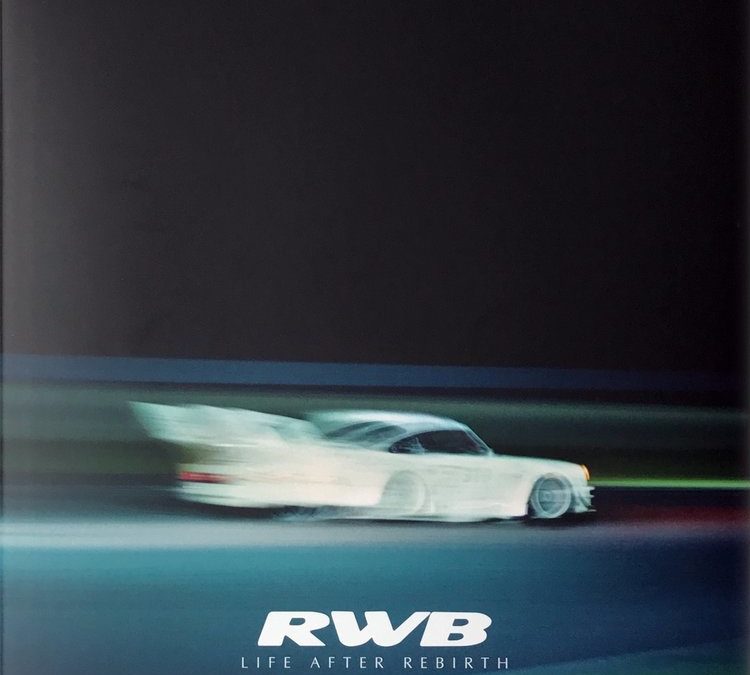
Drifting is the newest, most exciting motorsport we have seen in the United States since the invention of the limited slip differential – it may even be the most exhilarating contest man and machine ever devised!
From the winding mountain passes and desolate industrial roads of Japan, this unique sport of sliding a car sideways through a series of corners has become a huge hit in America. Drift, or dorifto as they call it Japan, extracts the most exciting portion from various forms of auto racing – the four-wheel drift – and makes it the focus of an extremely intense and visually intoxicating new motor sport.
How to Drift: The Art of Oversteer is a comprehensive guide to both driving technique and car setup. The author explains various styles and methods of drifting, and provides technical physical descriptions and detailed line art and photos. He goes on to explain how you need to modify your car’s suspension, chassis, engine, and driveline to enhance its ability to drift.
This book contains more than 350 photos and detailed line drawings.
The photos in this edition are black & white.
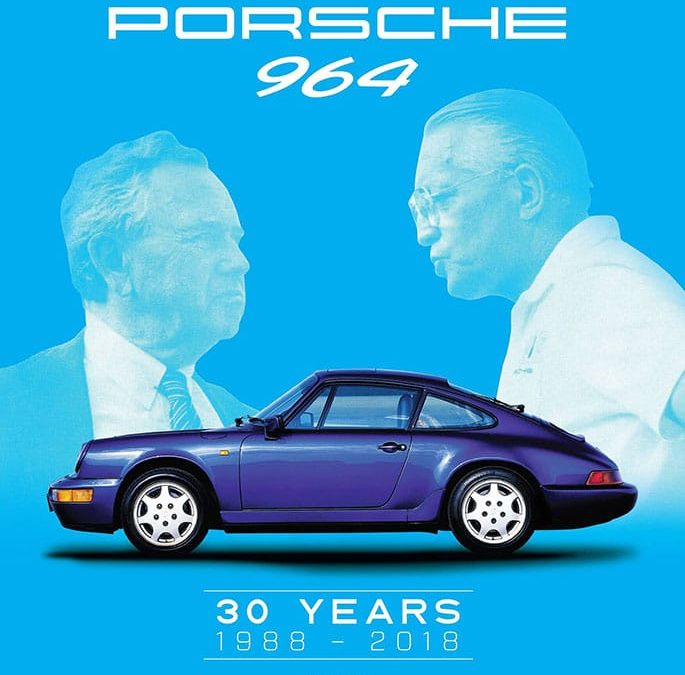
To celebrate the Porsche 964’s thirtieth anniversary Berlin Motor Books published PORSCHE 964 30 YEARS” 1988–2018 in a limited edition of 964 copies. Following his book about the G model, ‘Porsche 911 – Aircooled Years 1974-1989′. The author Andreas Gabriel deals in depth with the Porsche 964.
A classic, which was already close to the end
This model line became one of the most important in the car’s history because the 911 with its air-cooled boxer engine threatened in the mid-1980s to drift into the long grass in terms of technology. The heating problem seemed about to be the downfall of the automobile that to this day has been the most important car Porsche has ever made. But its makers were not going to let that happen. Even without official instructions, and with the threat of impending dismissal, they continued their development work with a view to eliminating the 911’s few weak points. The result was impressive. In 1988 the 964 series with its state-of-the-art technology catapulted the 911 concept into modernity. The 911 Carrera 4, the first-ever production model all wheel drive sports car, was indeed way ahead of its time, and to this day the 964 remains one of the most popular Porsches ever, combining mature and reliable technology with safe handling characteristics and a fascinating engine sound.
Book introduces each model of the series
The author Andreas Gabriel was again able to interview the man who from 1979 on played a leading role in championing the 911’s survival and made his mark on the 964 range. The book ‘Porsche 964 “30 YEARS” 1988–2018’ presents each and every model in the series. In addition to detailed buying advice and price trends in recent years, the book takes an in-depth look at all of the specials, some details of which are unknown even to experts.
For this book project Porsche once more opened its historic archives, thereby enabling previously unseen photos from the 964’s development phase to be published. The internationally recognized Porsche expert Tobias Kindermann has also compiled for the book an exclusive technology and statistics section about all Porsche 964s made between 1989 and 1994.
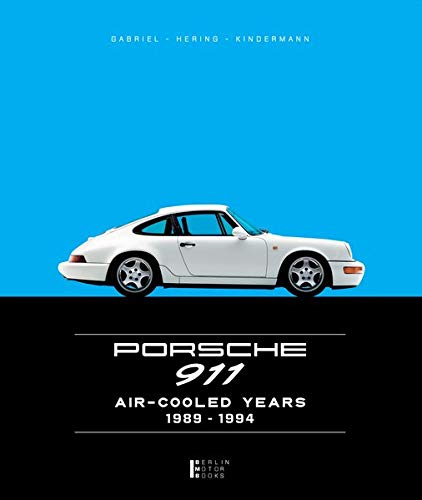
Following the book about the G model, ‘Porsche 911 – Aircooled years 1974-1989,’ published in 2017, the authors now deal in depth with the Porsche 964.
This model line became one of the most important in the car’s history because the 911 with its air-cooled boxer engine threatened in the mid-1980s to drift into the long grass in terms of technology. The heating problem seemed about to be the downfall of the automobile that to this day has been the most important car Porsche has ever made. But its makers were not going to let that happen. Even without official instructions, and with the threat of impending dismissal, they continued their development work with a view to eliminating the 911’s few weak points. The result was impressive. In 1988 the 964 series with its state-of-the-art technology catapulted the 911 concept into modernity.
The 911 Carrera 4, the first-ever production model all wheel drive sports car, was indeed way ahead of its time, and to this day the 964 remains one of the most popular Porsches ever, combining mature and reliable technology with safe handling characteristics and a fascinating engine sound. The author Andreas Gabriel was again able to interview the man who from 1979 on played a leading role in championing the 911’s survival and made his mark on the 964 range.
The book presents each and every model in the series. In addition to detailed buying advice and price trends in recent years, the book takes an in-depth look at all of the specials, some details of which are unknown even to experts. For this book project Porsche once more opened its historic archives, thereby enabling inter alia previously unseen photos from the 964’s development phase to be published. The internationally recognized Porsche expert Tobias Kindermann has also compiled for the book an exclusive technology and statistics section about all Porsche 964s made between 1989 and 1994.

Magnus Walker is one of life’s originals. Serial entrepreneur, fashion designer, TV presenter, motivational speaker, and one of the world’s most prolific Porsche collectors, the dreadlocked, tattooed hoarder of individual creativity is a very modern incarnation of idiosyncratic success. Raised in the grim, urban decay of Thatcher’s Britain, Magnus Walker left school with just two O levels and drifted for several years before buying a one-way ticket to America. Now, 30 years and three successful businesses later, by following his instincts, rejecting convention, and pursuing his passions, Magnus has succeeded against all the odds. Here, for the first time, is the full story of his journey from a Northern steel town to the bright lights of Hollywood, from a boy with little hope to an anti-establishment hero. Along the way we’ll witness his potent combination of inspiration and graft, discover his motivations and his ambitions, and come to understand his philosophy and the keys to his success. Inspiring and exhilarating, Urban Outlaw is a compelling tale of succeeding through pure instinct and determination by a man who was brave enough to follow his own path.

As the Pearl Harbor attack began, a U.S. cargo ship a thousand miles away in the middle of the vast Pacific Ocean mysteriously vanished along with her crew. What happened, and why?
On December 7, 1941, even as Japanese carrier-launched aircraft flew toward Pearl Harbor, a small American cargo ship chartered by the Army reported that it was under attack by a submarine halfway between Seattle and Honolulu. After that one cryptic message, the humble lumber carrier Cynthia Olson and her crew vanished without a trace, their disappearance all but forgotten as the mighty warships of the U.S. Pacific Fleet burned.
The story of the Cynthia Olson‘s mid-ocean encounter with the Japanese submarine I-26 is both a classic high-seas drama and one of the most enduring mysteries of World War II. Did I-26‘s commander, Minoru Yokota, sink the freighter before the attack on Pearl Harbor began? Did the cargo ship’s 35-man crew survive in lifeboats that drifted away into the vast Pacific, or were they machine-gunned to death? Was the Cynthia Olson the first American casualty of the Pacific War, and could her SOS have changed the course of history?
Based on years of research, Dawn of Infamy explores both the military and human aspects of the Cynthia Olson story, bringing to life a complex tale of courage, tenacity, hubris, and arrogance in the opening hours of America’s war in the Pacific.

Jonathan Williams was born in Cairo in 1942 where his father James, a non-career officer in the RAF, was stationed. He grew up at Endsleigh School in Colchester which his father owned and ran as headmaster, before being “sentenced” to four years at Cheltenham College, followed by a brief tenure at the Chelsea College of Engineering, an establishment attended briefly by the likes of Mike Hawthorn and Stirling Moss. Having had his fill of education, Jonathan struck out on his own to become a racing driver, climbing the ranks of the cut-and-thrust world of Formula 3 in the early 60s to employment by the Italian De Sanctis team from Rome, then Ferrari for the 1967 season. From Ferrari, Jonathan moved to Abarth, Serenissima then de Tomaso, rounding out his racing career driving the Solar Productions Porsche 908 camera car at Le Mans in 1970, then doing a stint as a stunt driver on Steve McQueen’s classic film. Retiring from racing in 1971, he flew corporate jets for twenty years before trading that life in for one in a VW camper, then a small motorhome, drifting through Europe for two decades, visiting friends and enjoying life. In his own words, Shooting Star On A Prancing Horse tells Jonathan’s story, on and off the track, until his untimely death in 2014.
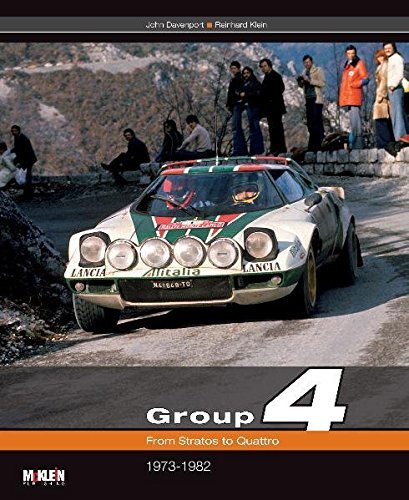
Most rally fans still have fond memories of the 70s. It was a time when heroes like Walter Röhrl, Sandro Munari, and Markku Alén were driving in full drifts with opposite lock and when the Stratos filled whole ralleys with its unique sound. The great years of Group 4 supremacy were spectacular, adventurous and especially diverse. A dozen or so manufacturers built cars that were able to win WRC rallies. Group 4 saw sports cars like Alpines and Porsche 911s compete against saloons like the Ford Escort, Opel Kadett or Fiat 131 until finally the revolutionary Quattro came and took rallying to the next level. In the book “Group 4 – From Stratos to Quattro”, authors John Davenport and Reinhard Klein describe the history of these legendary rally cars, they review the first WRC years from 1973 to 1982 and tell some of the stories from that wild and tough era.
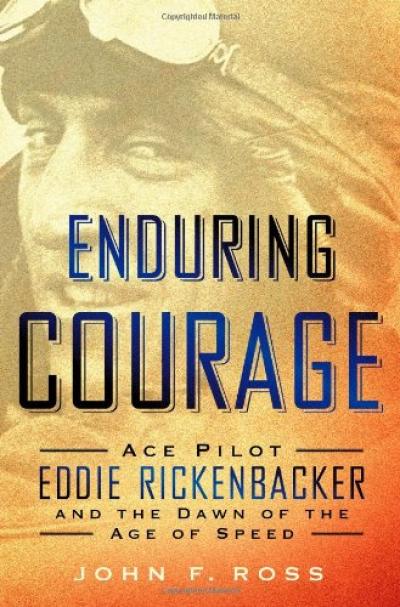
“The sensational true story of Eddie Rickenbacker, America’s greatest flying ace
At the turn of the twentieth century two new technologies—the car and airplane—took the nation’s imagination by storm as they burst, like comets, into American life. The brave souls that leaped into these dangerous contraptions and pushed them to unexplored extremes became new American heroes: the race car driver and the flying ace.
No individual did more to create and intensify these raw new roles than the tall, gangly Eddie Rickenbacker, who defied death over and over with such courage and pluck that a generation of Americans came to know his face better than the president’s. The son of poor, German-speaking Swiss immigrants in Columbus, Ohio, Rickenbacker overcame the specter of his father’s violent death, a debilitating handicap, and, later, accusations of being a German spy, to become the American military ace of aces in World War I and a Medal of Honor recipient. He and his high-spirited, all-too-short-lived pilot comrades, created a new kind of aviation warfare, as they pushed their machines to the edge of destruction—and often over it—without parachutes, radios, or radar.
Enduring Courage is the electrifying story of the beginning of America’s love affair with speed—and how one man above all the rest showed a nation the way forward. No simple daredevil, he was an innovator on the racetrack, a skilled aerial dualist and squadron commander, and founder of Eastern Air Lines. Decades after his heroics against the Red Baron’s Flying Circus, he again showed a war-weary nation what it took to survive against nearly insurmountable odds when he and seven others endured a harrowing three-week ordeal adrift without food or water in the Pacific during World War II.
For the first time, Enduring Courage peels back the layers of hero to reveal the man himself. With impeccable research and a gripping narrative, John F. Ross tells the unforgettable story of a man who pushed the limits of speed, endurance and courage and emerged as an American legend.”



